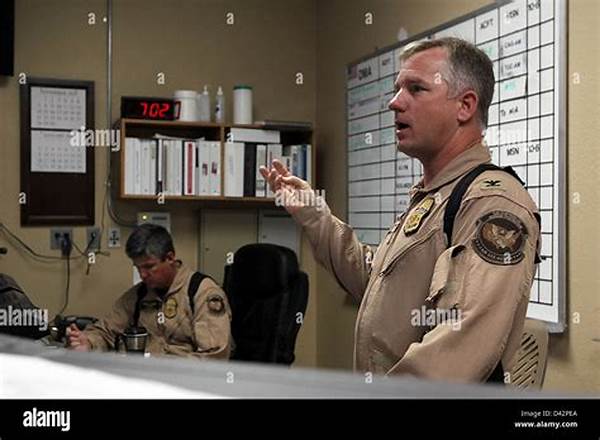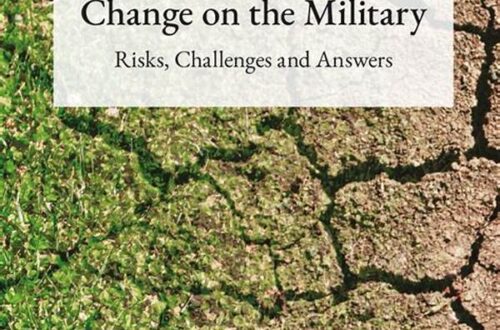The phenomenon of unauthorized border entry operations has garnered significant attention on a global scale. In an increasingly interconnected world, the movement of individuals across international borders presents complex challenges for governments and regulators. Understanding this issue requires a comprehensive examination of its economic, political, and social implications.
The Impact of Unauthorized Border Entry Operations
Unauthorized border entry operations often result in significant economic impacts on both the countries of origin and the destination nations. Countries that experience high numbers of unauthorized entries can face pressures on public services and security systems. The costs associated with patrolling borders, processing individuals, and enforcing immigration regulations can be substantial. Moreover, the labor market in the destination country can be significantly affected, with unauthorized entrants often taking positions that require minimal qualifications, sometimes leading to shifts in wage dynamics.
Politically, unauthorized border entry operations can foster divisive debates within and between nations. Governments are often tasked with the responsibility of balancing national security with humanitarian considerations. These operations can become points of contention during electoral campaigns, as policymakers seek to address public concerns while maintaining international diplomatic relations. Furthermore, there are social implications to consider, including cultural integration challenges faced by both unauthorized entrants and the communities they join. These dynamics require delicate handling to avoid social unrest and promote cohesive, multicultural societies.
Security Concerns in Unauthorized Border Entry Operations
Unauthorized border entry operations pose significant security risks. The potential for criminal elements to exploit porous borders necessitates vigilant monitoring and enforcement. Additionally, these operations often involve perilous journeys, endangering the lives of those attempting to cross borders, thereby increasing humanitarian concerns.
Governments employ various strategies to tackle unauthorized border entry operations. These include fortifying physical barriers, enhancing surveillance technology, and increasing border patrol personnel. Despite these efforts, the complexity of global migration patterns makes it challenging to completely eliminate unauthorized entries.
Technological advancements offer new tools in addressing unauthorized border entry operations. Drones, sensors, and biometric identification systems are being increasingly utilized to enhance border security. However, the integration of technology raises ethical questions about privacy and the potential for misuse.
Diplomatic efforts are crucial in managing unauthorized border entry operations. Cooperation between neighboring countries can lead to more effective management of borders and shared security responsibilities. International agreements and frameworks can provide a basis for collaborative efforts.
The Socio-Economic Dimensions of Unauthorized Border Entry Operations
From an economic perspective, unauthorized border entry operations often lead to discussions about labor markets and economic growth. Countries experiencing labor shortages may find unauthorized entrants filling crucial roles, although this is often a contentious point among local workforce advocates. Furthermore, the remittances sent back by unauthorized workers to their home countries contribute to the global economy, sometimes representing significant portions of GDP for those nations.
Socially, unauthorized border entry operations can result in diverse cultural exchanges. While these interactions can enhance multiculturalism, they also require investments in social programs to ensure successful integration. Education and language acquisition programs become imperative to facilitate communication and understanding between diverse groups. Fostering social cohesion is essential to prevent societal divisions and promote peaceful coexistence.
International Responses to Unauthorized Border Entry Operations
Different countries have adopted varying approaches to unauthorized border entry operations based on their geopolitical contexts. For instance, nations with extensive land borders often prioritize physical infrastructure and border patrols, while island nations may focus on maritime security to prevent unauthorized sea entries. Each approach requires specialized resources and strategies tailored to the specific challenges faced.
Humanitarian organizations play a critical role in addressing unauthorized border entry operations, providing aid and protection to vulnerable populations. These entities often engage in advocacy efforts to highlight the human rights dimensions of unauthorized migration and urge governments to adopt humane policies and practices.
The Future of Managing Unauthorized Border Entry Operations
As global migration trends continue to evolve, the future management of unauthorized border entry operations will require innovative approaches. Policymakers must anticipate shifts in migration patterns driven by factors such as climate change, economic disparities, and political instability. Effective management will depend on multilateral cooperation that addresses root causes and strengthens border security systems.
Emerging technologies are likely to play an even more prominent role in future border management. Innovations in data analytics, artificial intelligence, and machine learning could provide nuanced insights into migration patterns, allowing governments to better allocate resources and respond to emerging trends. Ethical considerations must be at the forefront of deploying these technologies to ensure privacy rights are respected.
Policy Considerations in Unauthorized Border Entry Operations
Policymakers must grapple with the complex interplay of security, economic, and social factors in tackling unauthorized border entry operations. Successful policies will require a blend of strict enforcement mechanisms and compassionate humanitarian responses. Balancing these elements is critical to achieving sustainable immigration management solutions.
Investing in international development initiatives can help address some root causes of unauthorized border entry operations. By supporting economic growth and stability in source countries, the impetus for individuals to undertake risky migrations may be reduced. This strategic approach could alleviate pressures on border systems and contribute to long-term solutions.
Conclusion: A Collaborative Path Forward
In summary, unauthorized border entry operations present multifaceted challenges with substantial economic, political, and social dimensions. An effective response necessitates a collaborative effort among nations, guided by a balance of security concerns and humanitarian considerations. Strengthening international relations and cooperating on shared challenges represent vital steps towards managing this pressing global issue.
Efforts to address unauthorized border entry operations will inevitably require ongoing dialogue and adaptation. Policymakers must remain vigilant in assessing the efficacy of implemented measures and remain flexible in their approaches to evolving migration dynamics. Comprehensive strategies that embrace innovation, cooperation, and respect for human rights are essential for effective and sustainable solutions.





